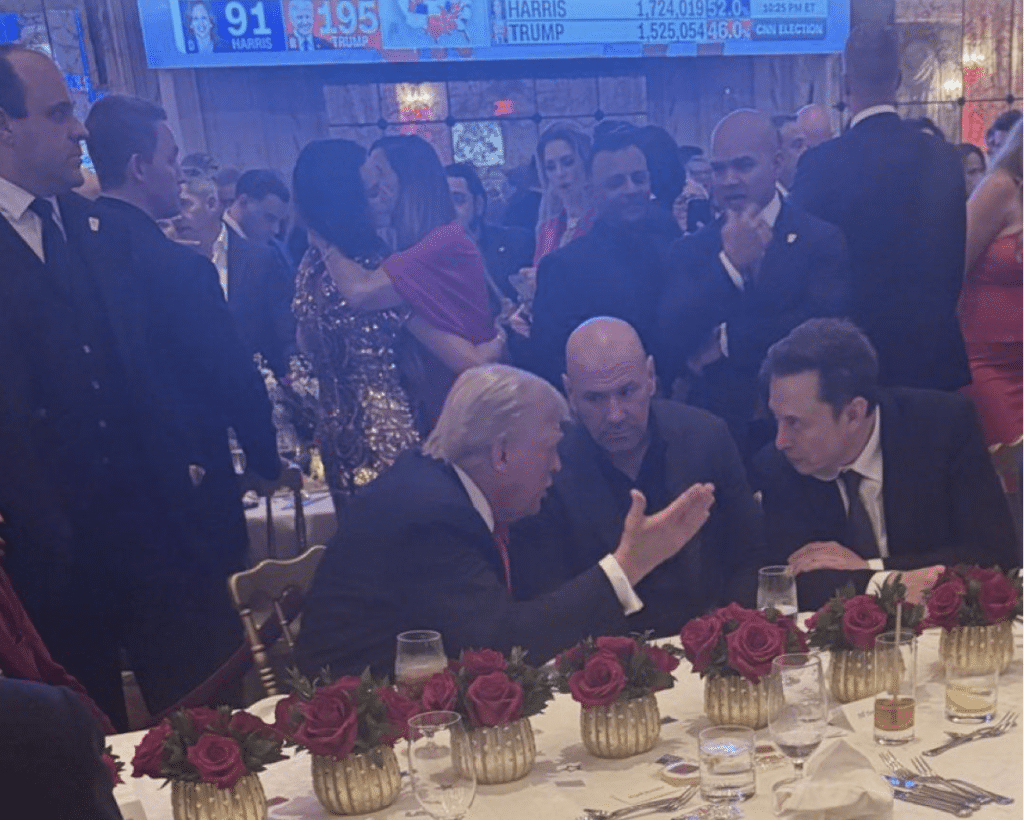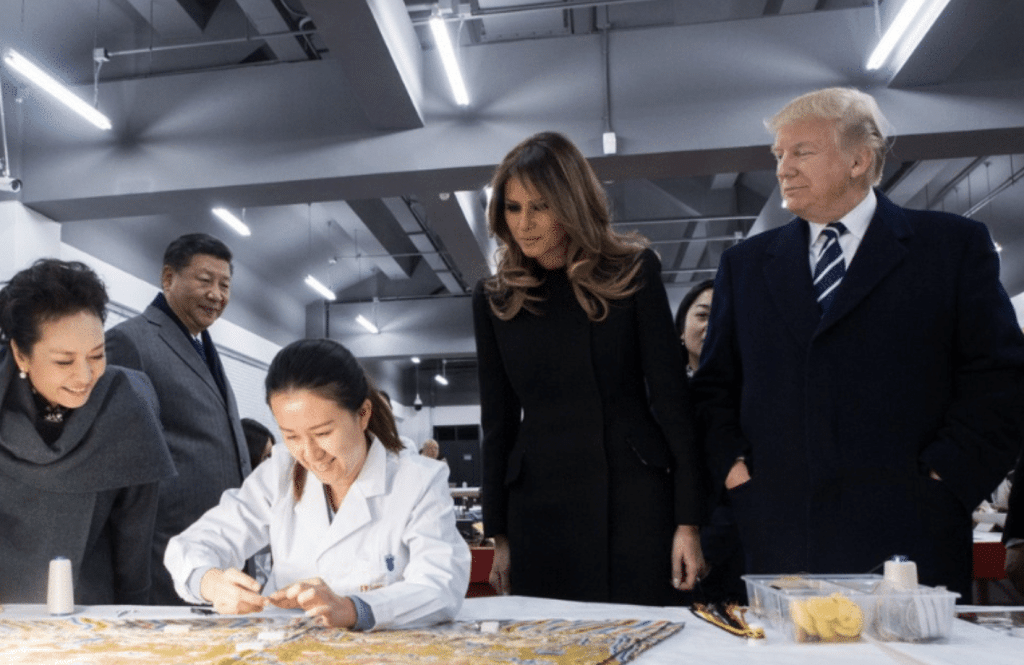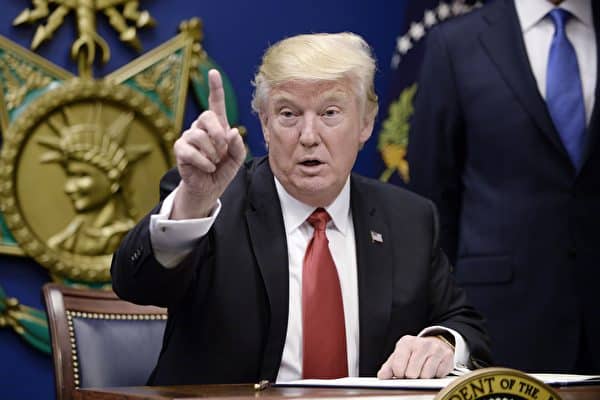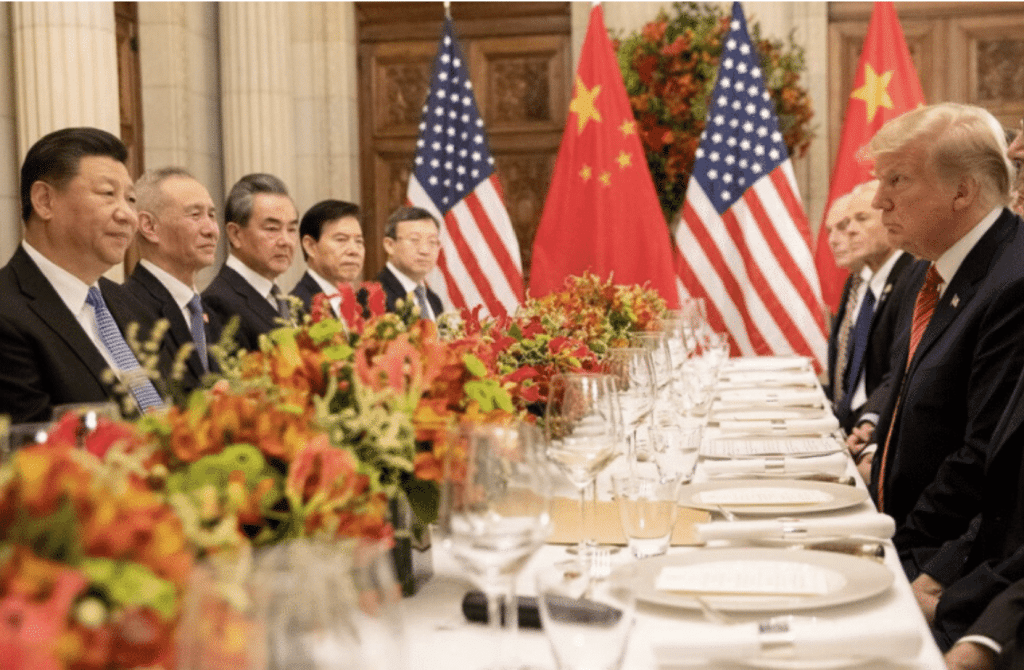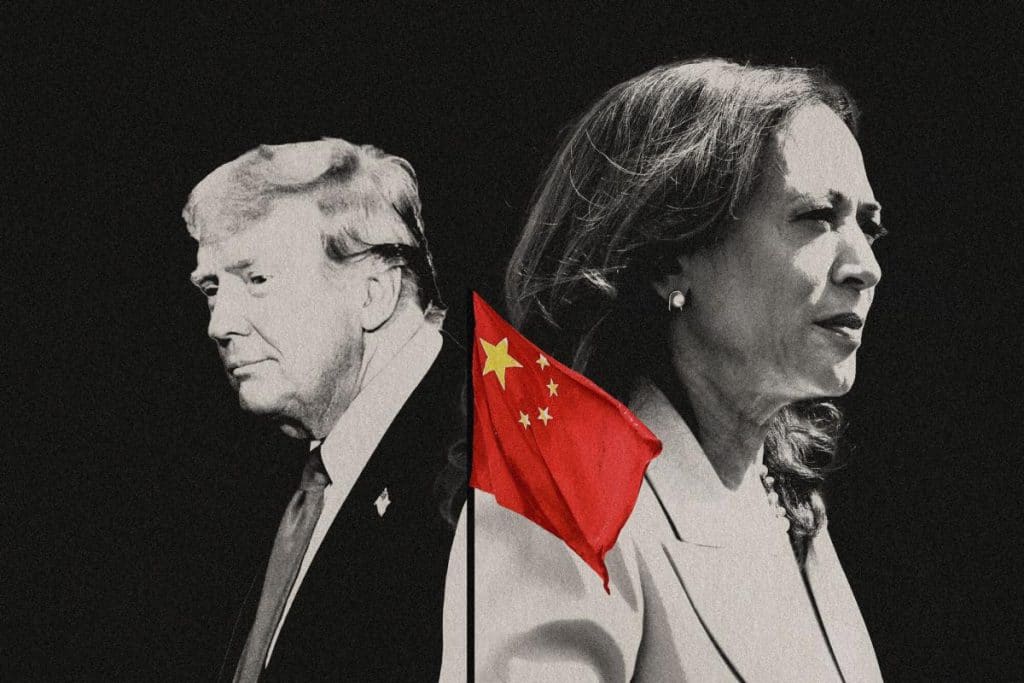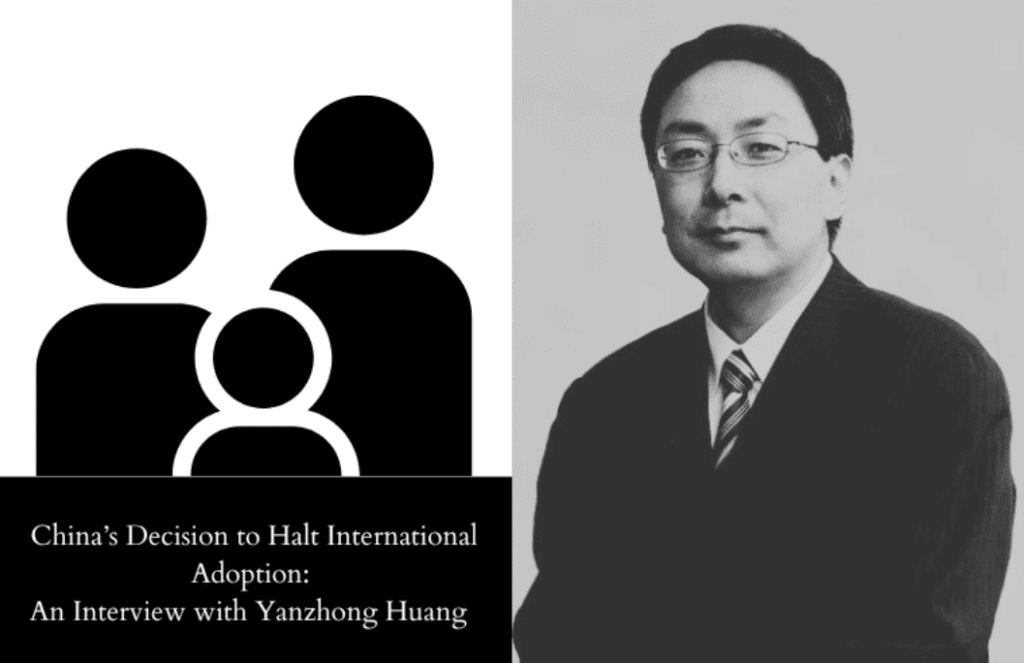美国、中国与南中国海:区域秩序是否堪忧?
作者:乔纳森•波拉克 来源:清华布鲁金斯中心
作者:乔纳森•波拉克 (布鲁金斯学会 约翰·桑顿中国中心资深研究员)
翻译:李源
根据媒体对上周在新加坡举行的香格里拉对话的报道,美中关系正变得愈加棘手。报道聚焦于中国在南海日益推进的岛礁建设以及美国太平洋司令部对此举的密切监视——包括(据媒体透露)中国在南沙群岛某处部署了两门机动火炮。对很多观察家而言,这种“行动-反应”的循环预示着令人担忧的后果。
尽管传统报业与大众媒体均偏爱渲染争议与潜在冲突,但毕竟对政策负责的是决策者,而非媒体。决策者们不应被媒体的过度渲染左右。遗憾的是,政府越来越多依赖媒体来支持他们的立场及行动。临近香格里拉对话前,美国太平洋司令部非常不明智地借助了美国有线电视新闻网(CNN)来传达其战略信息,还邀请了一位CNN记者及摄像组登上了P-8侦察机。对于如此敏感且充满风险的行动,美国军方理应保持高度机密(至少历史上是这样)。然而美军司令部决定,公开这一行动 – 尤其当报导中充斥着中国海军警告美军侦察机停止靠近中方岛礁的录音片段 – 能带来不容错过的宣传效益。
保持冷静,不必担心
事态是否如同人们所相信的那样令人担忧?美中两国是否同等地意识到其中的利益与风险?两国将会如何应对?在新加坡的会谈中,美国国防部长艾什顿·卡特和中国解放军副总参谋长孙建国上将分别向包括高级官员、学者以及企业代表在内的听众发表讲话以阐述各自立场。
卡特部长和孙建国上将的演讲是否改变了许多人的想法尚未可知。两个演讲均措辞谨慎,尽量避免刺激对方政府和军队的情绪,同时双方都坚定不移地固守既有立场。美国坚称其有权利确保通航和飞行的自由,以及“在国际法允许的范围内自由飞行、航行以及作业”。中国则宣称“南海航行自由并不存在任何问题…中国在南海的相关建设完全是中国主权范围内的事,是合法、合理、合情的”。
两国均称其行动完全遵照各自对联合国海洋法公约的解读。美国明确指出,联合国海洋法公约允许在未告知对方的情况下,对一国的专属经济区进行近距离监视。中国则同其他一些沿海国家(诸如印度)一样,坚决反对这一说法。
美国进一步宣称,其在南中国海主权纠纷问题上既不是参与方也不持任何立场。美国军机在中国新建岛屿12海里外飞行,似乎表明美方虽然不承认中国在该地区拥有无可争议的主权,但其实默认了中国对该区域的实际控制。媒体报道称,美国正在考虑进入中国岛礁12海里以内范围进行军事侦察。这无疑将会深深激怒中方,使得该行动的风险远远超过任何预期收益。
不利后果的可能性
问题的关键在于,中国的岛屿建设将会如何深入?一个相对温和的解读是,中国现在的举动是许多其他主权申诉国已经做过的事情,只不过中国在过去十八个月的活动规模远远大于前人。孙建国上将以及其他中国官员坚持认为,中国正在进一步履行其维持区域秩序的重要使命,包括海事搜寻和救援、灾害预防和减缓、科学研究以及通航安全。通过在南沙群岛的多处建设,中国正在创造从前未有的机遇。
尽管没有特别提到中国,卡特部长预见的后果更为消极。他呼吁“各主权申诉国立即、永久停止填海造地活动。我们同时反对在争议领土的任何军事化举措。”中国是最为强大且最为活跃的主权申诉国,此话自然是首要说给北京听的。
但是,卡特部长提到的军事化举措正反映了美国长期以来的深忧。岛礁上的机场建设就不可避免地导致中国将会在此区域部署兵力吗?孙建国上将强调,目前的建设“主要”旨在改善当地的工作和生活条件,而军事活动仅仅限于“必要的国防需求”。中国目前尚未公布其在南海的具体军队需求。与此同时,媒体公开照片披露的两门火炮也完全不足以预示中国将在这一自身条件脆弱的地区部署大量海空兵力。
近期的事态并不预示危机已迫在眉睫。但若美中两国不能坦诚表达彼此的担忧,并努力探寻解决之道的话,这会成为事态恶化的最大风险。沟通应当通过官方、非公开的渠道进行,而非通过国际会议或是两国媒体的间接报导。近期会有很多这样的机会,例如中国人民解放军总参谋长房峰辉访美、今夏的中美战略经济对话,以及最重要的,今年9月中国国家主席习近平对美国的访问。
这些即将到来的活动对两国领导人至关重要,特别是处在任期最后一年半的奥巴马总统。在奥巴马总统的外交政绩里,中国占有怎样的地位?两国的长期关系将走向何方?执政者们又应如何修补两国间的潜在分歧?我们的注意力需要及时转向这些现实问题,而不是去满足媒体的需求。
原文:
The United States, China, and the South China Sea: Is regional order at risk?
To judge by media accounts from last weekend’s Shangri-La Dialogue in Singapore, the United States and China are headed into very troubled waters. Beijing’s accelerated efforts to fortify reefs and shoals in the South China Sea and the U.S. Pacific Command’s surveillance of these activities—including press leaks that China has positioned two “motorized artillery pieces” on an unspecified location in the Spratly Islands—dominated news coverage. For many observers, this action-reaction cycle portends more worrisome possibilities.
Controversy and potential conflict represent the very lifeblood of print journalism and mass media. But policy makers, not media, are responsible for policy, and should not let media coverage or hyper-ventilation dictate their actions. Unfortunately, governments increasingly rely on media to buttress their policy positions and actions. In the run-up to the Shangri-La Dialogue, the U.S. Pacific Command unwisely enlisted CNN in its strategic messaging, and invited a CNN correspondent and camera crew on board the P-8 reconnaissance aircraft. Ample sensitivity and risk attaches to these missions, which (at least historically) U.S. military leaders treated as highly secret. However, the command concluded that the opportunity for widespread publicity—replete with recorded warnings from Chinese personnel for U.S. surveillance to desist from its actions near Beijing’s fortification efforts—was too good to pass up.
Don’t worry, be pacific
Are circumstances as worrisome as some seem to believe? Are the U.S. and Chinese governments equally mindful of the stakes and risks, and how do they propose to manage them? In the Singapore meeting, Secretary of Defense Ashton Carter and China’s Deputy Chief of the General Staff, Admiral Sun Jianguo, presented their respective cases to a large audience of senior officials, scholars, and corporate representatives.
It is doubtful that either Secretary Carter or Admiral Sun changed many minds. Though the tone of both speeches was measured and not designed to inflame sentiment in either capital or in either military, neither budged from well entrenched positions. The United States insisted it was fully within its rights to protect freedom of navigation and overflight and “to fly, sail, and operate wherever international law allows.” China argued that “there has never an issue with freedom of navigation in the South China Sea…these construction projects fall well within the scope of China’s sovereignty and are legitimate, justified and reasonable.”
Both countries insist that their actions accord fully with their respective interpretations of the UN Convention on the Law of the Sea (UNCLOS). The United States unambiguously insists that UNCLOS permits close-in surveillance in a given country’s Exclusive Economic Zone (EEZ) without informing the state in question. China categorically rejects this position, as do some other coastal states, most prominently India.
The U.S. further asserts that it is neither a party to nor does it take a stand with respect to the disputes over sovereignty in the South China Sea. By flying outside a 12 nautical mile limit surrounding these newly fortified positions, the United States appears to tacitly acknowledge China’s physical control of these locations, if not Chinese claims of undisputed sovereignty. Media reports suggest that the U.S. is contemplating reconnaissance missions inside these 12 nautical mile zones, which would deeply agitate China. But the risks of such missions outweigh any potential benefits.
Ominous possibilities
The key question is how far might China’s fortification efforts go? A benign interpretation holds that China is undertaking actions that other claimants have undertaken before them, even though Beijing’s activities over the past eighteen months are much more extensive in scope and scale. Admiral Sun and other Chinese officials insist that China is fulfilling its larger responsibilities for maintaining regional order, including maritime search and rescue, disaster prevention and relief, scientific research, and safety of navigation. By building facilities on multiple locations in the Spratlys, China is creating possibilities that it heretofore lacked.
Though not singling out China by name, Secretary Carter has raised more ominous possibilities. He called for “an immediate and lasting halt to land reclamation by all claimants. We also oppose any further militarization of disputed features.” China is the most capable and most active of any of the claimants, and his message was surely directed first and foremost at Beijing.
But Secretary Carter’s reference to militarization reflects deeper, longer-term U.S. concerns. Will the building of airfields ineluctably lead to the deployment of Chinese military power in newly fortified locations? Admiral Sun argued that the construction efforts are intended “mainly” for improving working and living conditions, with military activity limited to “necessary defense needs.” China has yet to disclose how it conceptualizes its military requirements in the South China Sea. At the same time, the publication of a photograph purportedly revealing two artillery pieces hardly represents a worst case indicator of larger scale deployment of air or naval power in inherently vulnerable locations.
Recent developments do not imply an imminent crisis. But the biggest risk would be if neither the United States nor China sees the need to candidly air their respective concerns to each other and explore the possible means to prevent ugly outcomes. This should be done in private, official conversation, not in international conferences or through exploitation in American or Chinese media. There are multiple opportunities for precisely such discussions in the near-term future, including the impending arrival in the United States of General Fang Fenghui, the ranking general in China’s armed forces; this summer’s Strategic and Economic Dialogue; and (most important) the September visit of China’s President Xi Jinping to Washington, DC.
These pending events should matter very much to both leaderships, but especially to President Obama, as he approaches his final year and a half in office. Where does China fit in the president’s foreign policy legacy? Which way are both countries headed in their longer term relationship, and what can be achieved to bridge potential divides by those with decision making responsibilities? It is to these realities, and not to media needs, that attention must turn without delay.
Jonathan D. Pollack
Senior Fellow, Foreign Policy, John L. Thornton China Center, Center for East Asia Policy Studies
Jonathan D. Pollack is a senior fellow in the John L. Thornton China Center and the Center for East Asia Policy Studies at the Brookings Institution. A specialist on East Asian international politics and security, he has published extensively on Chinese political-military strategy, U.S.-China relations, the political and security dynamics of the Korean Peninsula and U.S. strategy and policy in Asia and the Pacific. His latest publication, No Exit: North Korea, Nuclear Weapons, and International Security, was published in May 2011 by Routledge for the International Institute for Strategic Studies.
来源时间:2015/6/12 发布时间:2015/6/11
旧文章ID:4174


